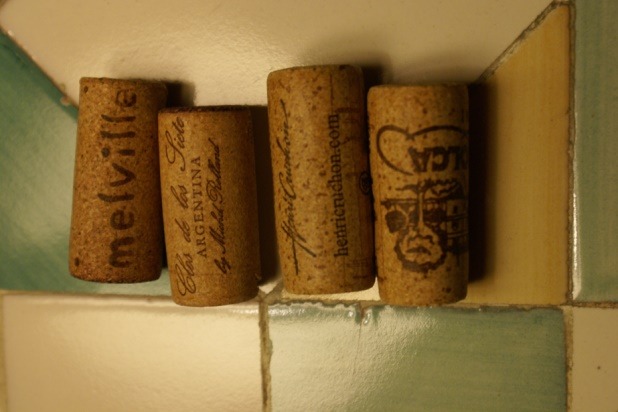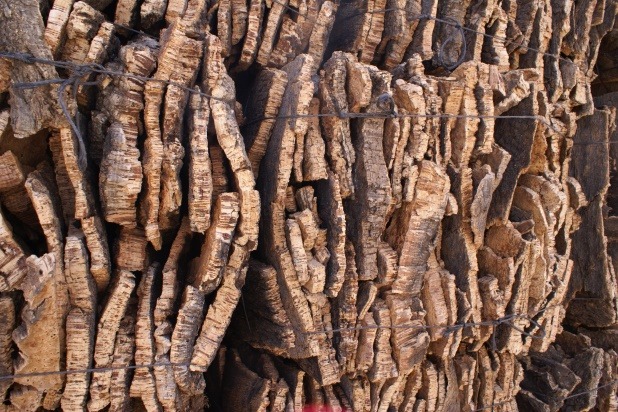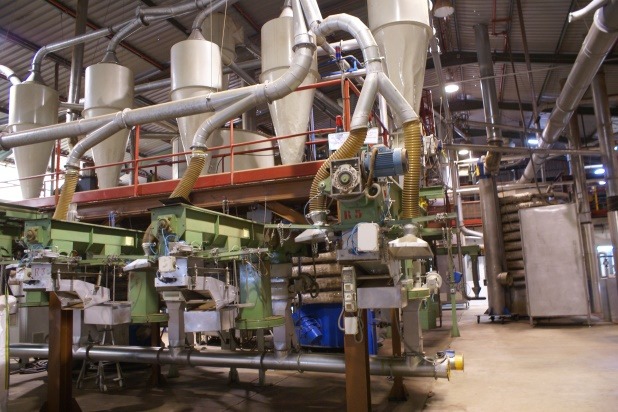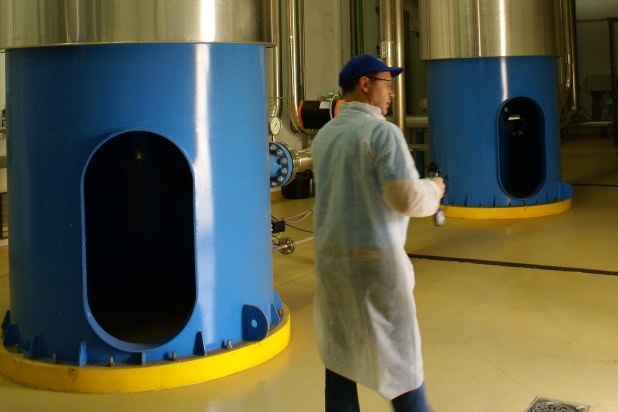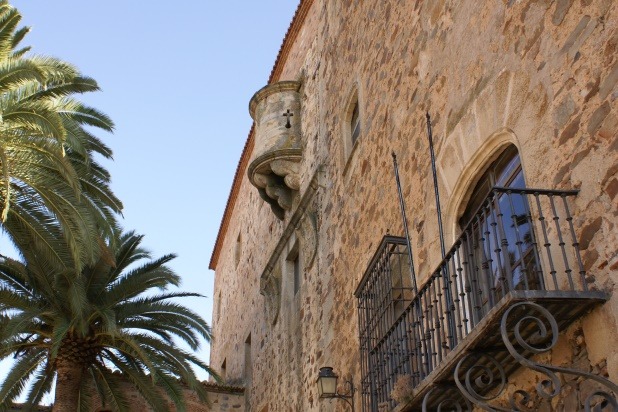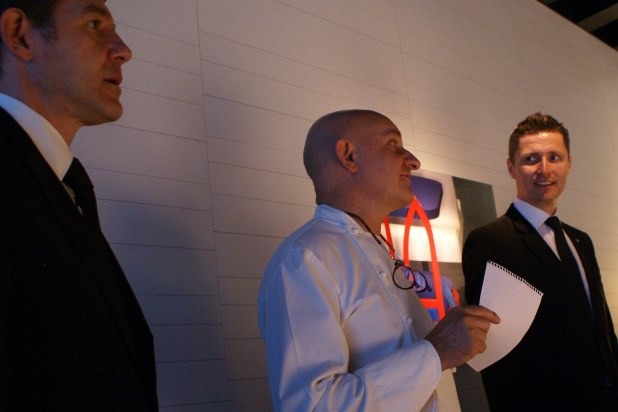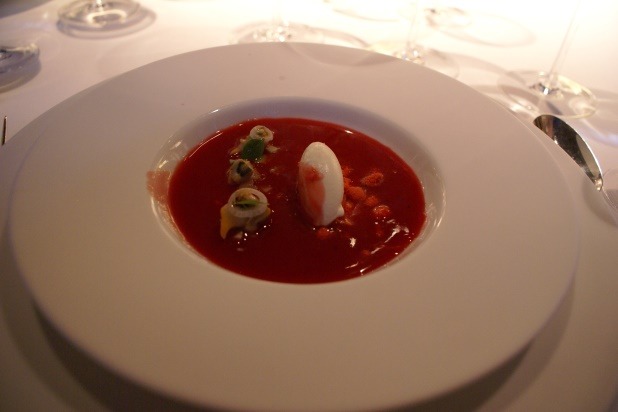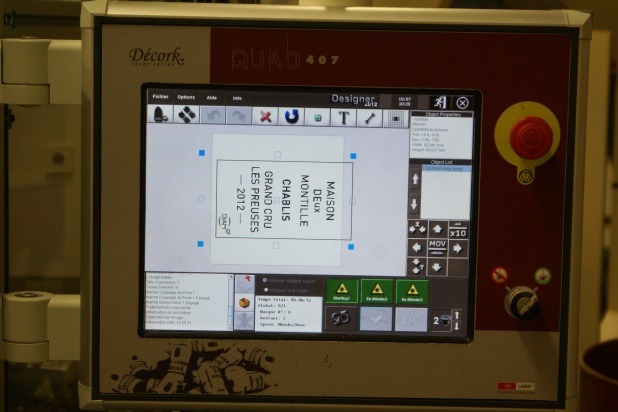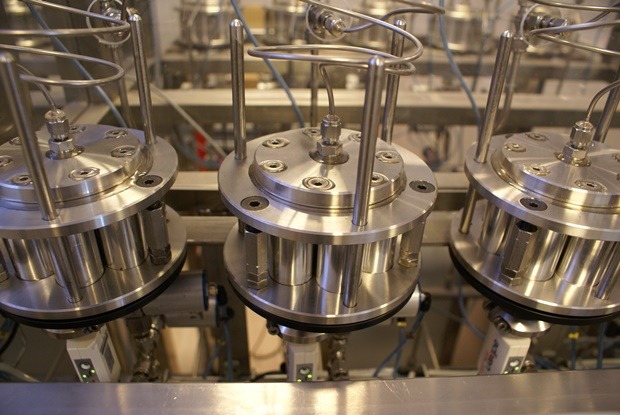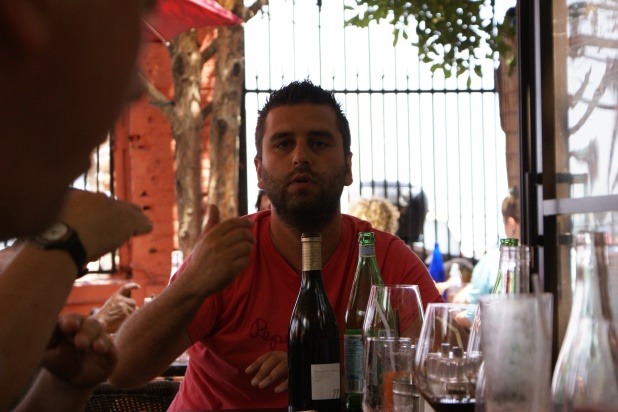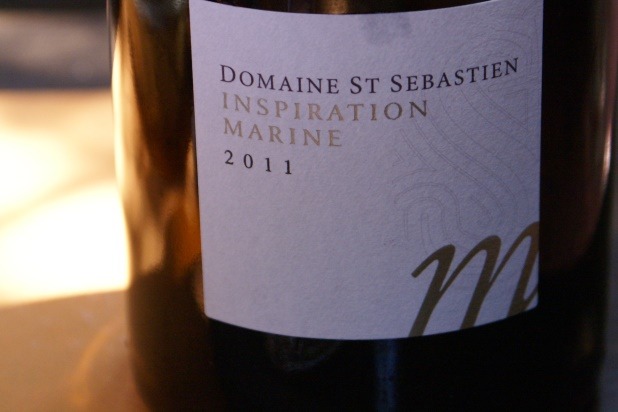Fighting The Smell Of Bad Wine Corks Slideshow
First night on the ground, we pulled DIAM corks from four of their clients bottles – Clos de los Siete from Argentina, Henri Cruchon from Switzerland, La Scolca in Italy and Melville Estate from the U.S. The corks passed our stiff tests, and the wines tasted great.
Cork Bark
In San Vincente, Spain, near the border with Portugal, we got a look at pallets of raw cork at a DIAM factory. Both traditional corks – which are punched horizontally from the bark – and composite cork come from the saw raw, natural material
How Cork is Made
The difference is that cork for composites is first ground into fine bits. Later, a binding agent and food-grade microspheres will be blended in before molding. DIAM CEO Dominique Tourneix compares the ground cork to flour in a bread recipe, the binder to eggs and microspheres to yeast.
The Cork Factory
But first the ground cork is cleaned under pressure of all detectable levels of TCA – in effect, making it taint free – via DIAM's exclusive use of supercritical CO2, a liquid-like cleansing agent. Tourneix explains that DIAM shares the patent with CEA, the French atomic research agency.
Cáceres
Before leaving Spain for the DIAM facility in Céret, France, we took a side trip to Cáceres, whose old walled city is a World Heritage site – and is also where we tracked down a two-star Michelin restaurant with some 17,000 bottles of wine in its cellars.
Atrio's Chef, Juan Antonio Pérez
The restaurant is called Atrio, and its chef, Juan Antonio Pérez, tells us we will be having a 13-course tasting menu to match the Spanish wines with DIAM closures that we have brought with us. That makes Atrio, for the evening, at least, perhaps the world's most-exclusive BYOB.
The Meal
One of our 13 courses is an edible Bloody Mary that chef tells us is a bit of fun he has concocted from cherry tomatoes, onion ice cream, cockles, spices, celery and green onion. What do you drink with a Bloody Mary? We tried an interesting cider-like Ton Timbau Xarel-lo from Penedès.
Labeling Corks
The next morning, we transferred to Céret, France, where many of the DIAM corks are made, especially specialized corks for Champagne as well as stoppers for spirits. The corks can be branded with a winery's logo by either heat or laser.
Metallic Cork Compressing
At the Céret research labs, we watched corks being put into pressurized metallic forms to test them for elasticity in simulated aging protocols. The tests indicate that these composite corks most likely will have a longer bottle life than punched corks.
Winemaker Romuald Peronne
We ended our tour, as we started, drinking wine, this time in Banyuls-sur-Mer, where winemaker/owner Romuald Peronne's Domaine St Sebastien winery also doubles as a restaurant in the cramped-for-space resort and winemaking town.
Domaine St. Sebastien Wine
Peronne makes some delicious wines under the Banyuls and Collioure appellations, such as this delicious red. Unfortunately, we emptied the bottle before we could try the flexibility of the DIAM cork in re-sealing it.
